Home>Gardening & Outdoor>Landscaping Ideas>How To Get Rid Of Bad Grass In Lawn
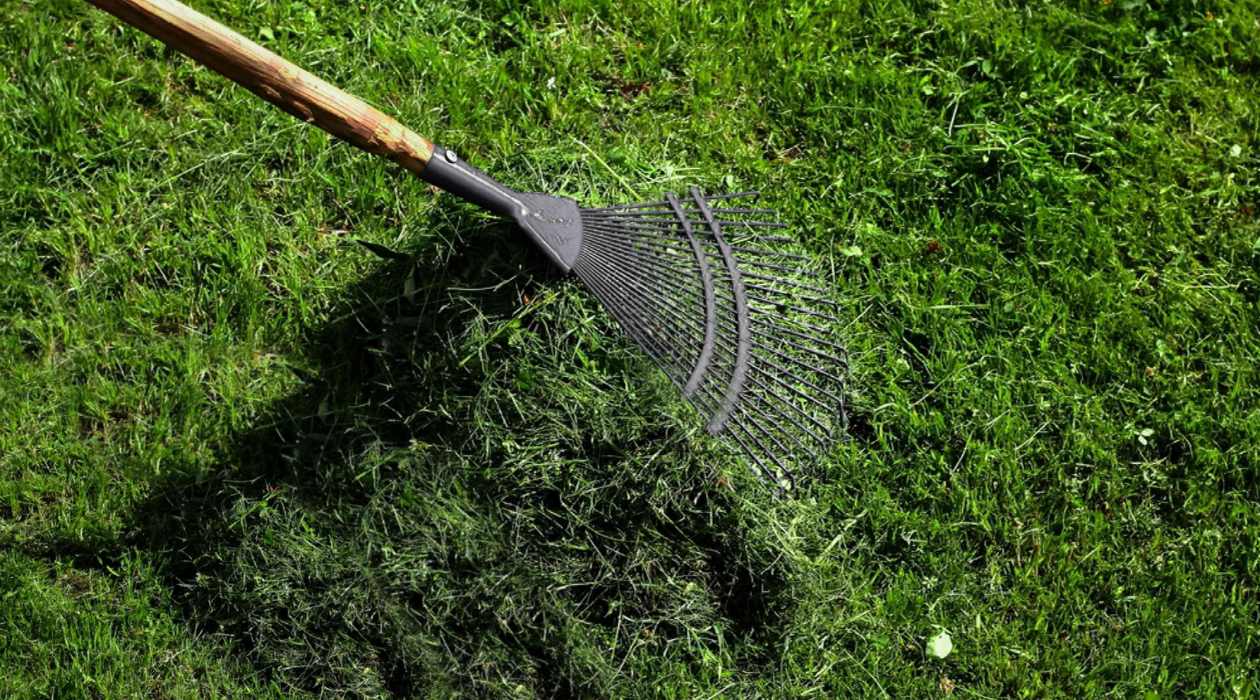

Landscaping Ideas
How To Get Rid Of Bad Grass In Lawn
Modified: February 18, 2024
Learn effective landscaping ideas to eliminate bad grass from your lawn. Discover expert tips for achieving a lush, healthy yard.
(Many of the links in this article redirect to a specific reviewed product. Your purchase of these products through affiliate links helps to generate commission for Storables.com, at no extra cost. Learn more)
Introduction
When it comes to maintaining a lush, vibrant lawn, dealing with bad grass can be a frustrating challenge. Whether it's invasive weeds, unsightly patches of crabgrass, or other unwanted grass varieties, these nuisances can detract from the beauty and health of your lawn. However, with the right approach, you can effectively eliminate bad grass and prevent its return, ultimately restoring your lawn to its full splendor.
In this comprehensive guide, we'll explore the various methods for identifying, removing, and preventing the resurgence of bad grass in your lawn. By understanding the underlying causes and implementing targeted solutions, you can reclaim a healthy, uniform expanse of grass that enhances the overall appeal of your outdoor space.
So, let's roll up our sleeves and delve into the world of lawn care to discover how to bid farewell to bad grass and welcome a flourishing, resilient lawn that you can be proud of.
Key Takeaways:
- Identify the specific types of bad grass or weeds in your lawn by noting their color, leaf shape, and growth pattern. Consult with a local expert for personalized guidance on effective identification and management strategies.
- Use manual removal, herbicide application, overseeding, and solarization to effectively eliminate bad grass. Implement preventive measures such as optimizing soil health, maintaining diligent lawn care practices, and promoting dense grass growth to prevent its return.
Read more: How To Get Rid Of Tufts Of Grass In Lawn
Identifying the Problem
Before embarking on the journey to banish bad grass from your lawn, it’s essential to identify the specific types of unwanted grass or weeds that have taken root. This step is crucial as it allows you to tailor your approach to effectively target the problem at its source.
One common issue that homeowners encounter is the invasion of crabgrass, characterized by its coarse texture and unsightly appearance. This opportunistic grass species tends to thrive in bare or thin areas of the lawn, often spreading rapidly and outcompeting desirable grass varieties. Additionally, broadleaf weeds such as dandelions and clover can disrupt the uniformity of the lawn, detracting from its overall visual appeal.
To accurately pinpoint the types of bad grass present, take a close look at the characteristics of the unwanted growth. Note the color, leaf shape, and growth pattern, as these attributes can provide valuable clues about the specific grass or weed species that have infiltrated your lawn. Furthermore, consider consulting with a local horticulturist or gardening expert to gain insights into prevalent grass varieties in your region and receive personalized guidance on effective identification and management strategies.
Another aspect to consider when identifying bad grass is the underlying factors contributing to its proliferation. Poor soil quality, inadequate drainage, or overgrown thatch can create favorable conditions for unwanted grass and weeds to take hold. By assessing these environmental factors, you can gain a deeper understanding of the root causes of the problem and implement targeted solutions to address them.
Equipped with a clear understanding of the specific types of bad grass present and the contributing environmental factors, you can proceed with confidence in devising a customized plan to reclaim your lawn’s pristine appearance and health.
Removing Bad Grass
Once you have identified the types of bad grass encroaching on your lawn, it’s time to implement effective removal strategies to restore the beauty and vitality of your outdoor space. There are several approaches to consider, each tailored to address specific types of unwanted grass and weeds.
Manual Removal: For isolated patches of unwanted grass or weeds, manual removal can be a practical and environmentally friendly option. Using a hand trowel or specialized weeding tool, carefully extract the undesirable growth, ensuring that you remove the entire root system to prevent regrowth. This method is particularly effective for targeting individual weeds or small clusters of invasive grass.
Herbicide Application: In cases where bad grass has spread extensively or is particularly resilient, selective herbicides can be a valuable tool for targeted eradication. Selective herbicides are designed to specifically target undesirable grass varieties while sparing the surrounding turf. It is crucial to follow the application instructions meticulously and consider factors such as weather conditions and optimal timing for maximum effectiveness.
Overseeding and Reseeding: To combat the presence of patchy or thin areas in the lawn resulting from bad grass removal, overseeding or reseeding can help restore the uniformity and density of the grass. Select high-quality grass seed that is well-suited to your climate and soil conditions, and distribute it evenly across the affected areas. Adequate watering and ongoing care will facilitate the establishment of new, healthy grass growth, gradually displacing the remnants of the unwanted grass.
Solarization: In situations where you are dealing with a large area overrun by persistent bad grass, solarization can be a beneficial approach. This method involves covering the affected area with a clear plastic tarp, effectively harnessing solar heat to create a greenhouse-like environment that eradicates the unwanted grass and weed seeds. Over several weeks, the solarization process can significantly reduce the viability of undesirable grass, preparing the area for reseeding with desirable turfgrass varieties.
By combining these removal methods as needed and adapting them to the specific characteristics of the bad grass present in your lawn, you can effectively reclaim your outdoor space from the encroachment of unwanted grass and weeds. With patience and consistent effort, you can witness the gradual transformation of your lawn into a thriving, uniform carpet of lush greenery.
To get rid of bad grass in your lawn, you can manually remove the unwanted grass by digging it out with a shovel or using a grass killer specifically designed to target the type of grass you want to eliminate. Be sure to follow the instructions on the product carefully to avoid damaging the surrounding grass.
Preventing Bad Grass from Returning
After successfully removing bad grass from your lawn, it’s essential to implement proactive measures to prevent its resurgence and maintain a healthy, resilient turf. By addressing underlying factors that contribute to the proliferation of unwanted grass and weeds, you can create an environment that is conducive to the flourishing of desirable turfgrass varieties.
Optimize Soil Health: Conduct a soil test to assess its pH levels and nutrient composition. Based on the results, amend the soil as necessary to create an optimal growing environment for your grass. Proper soil fertility and pH balance can promote vigorous grass growth, making it more difficult for undesirable grass and weeds to establish themselves.
Maintain Adequate Lawn Care Practices: Regular mowing at the appropriate height for your grass species can help discourage the growth of unwanted grass and weeds. Additionally, maintaining a consistent watering schedule and addressing drainage issues can contribute to the overall health and density of your lawn, reducing the likelihood of invasive grass species taking hold.
Implement Preventive Treatments: Consider applying pre-emergent herbicides in the early spring to inhibit the germination of weed seeds, including those of undesirable grass varieties. These treatments create a barrier that impedes the establishment of new weeds, bolstering the resilience of your lawn against future incursions.
Promote Dense Grass Growth: Encourage the development of a thick, dense turf by overseeding with high-quality grass varieties suited to your climate and soil conditions. A robust, healthy lawn can outcompete and suppress the growth of unwanted grass and weeds, creating an inhospitable environment for their proliferation.
Regular Monitoring and Maintenance: Stay vigilant and promptly address any signs of unwanted grass or weed growth. Regularly inspect your lawn for any emerging issues, and take swift action to prevent the spread of undesirable grass before it becomes entrenched.
By integrating these preventive measures into your lawn care routine, you can fortify your turf against the return of bad grass and maintain a visually stunning, resilient lawn that enhances the overall appeal of your outdoor space. With ongoing attention and a proactive approach, you can enjoy a lush, healthy lawn free from the encumbrance of unwanted grass and weeds.
Conclusion
As stewards of our outdoor spaces, the quest to eliminate bad grass from our lawns is a journey that requires patience, knowledge, and dedication. By identifying the specific types of unwanted grass, implementing targeted removal strategies, and adopting preventive measures, we can transform our lawns into thriving, verdant expanses that exude natural beauty and vitality.
Through the process of identifying the problem, we gain valuable insights into the characteristics and environmental factors contributing to the presence of bad grass. This understanding serves as the foundation for devising a customized approach to address the issue effectively.
Removing bad grass from our lawns involves a multifaceted strategy, encompassing manual removal, selective herbicide application, overseeding, and solarization. By leveraging these methods in a tailored manner, we can gradually reclaim our outdoor spaces from the encroachment of unwanted grass and weeds, paving the way for the resurgence of lush, healthy turfgrass.
Equally important is the implementation of preventive measures to safeguard our lawns against the return of bad grass. By optimizing soil health, maintaining diligent lawn care practices, and promoting dense grass growth, we create an environment that is inhospitable to the proliferation of unwanted grass and weeds.
As we embark on this journey, let us embrace the transformative power of knowledge and action, recognizing that the beauty and resilience of our lawns are within our grasp. With each proactive step we take, we contribute to the creation of outdoor spaces that inspire and rejuvenate, enhancing the quality of our lives and the natural splendor of our surroundings.
So, let us embark on this endeavor with unwavering determination and a deep-rooted passion for cultivating thriving, vibrant lawns that stand as testaments to our commitment to nurturing the beauty of the natural world.
Frequently Asked Questions about How To Get Rid Of Bad Grass In Lawn
Was this page helpful?
At Storables.com, we guarantee accurate and reliable information. Our content, validated by Expert Board Contributors, is crafted following stringent Editorial Policies. We're committed to providing you with well-researched, expert-backed insights for all your informational needs.
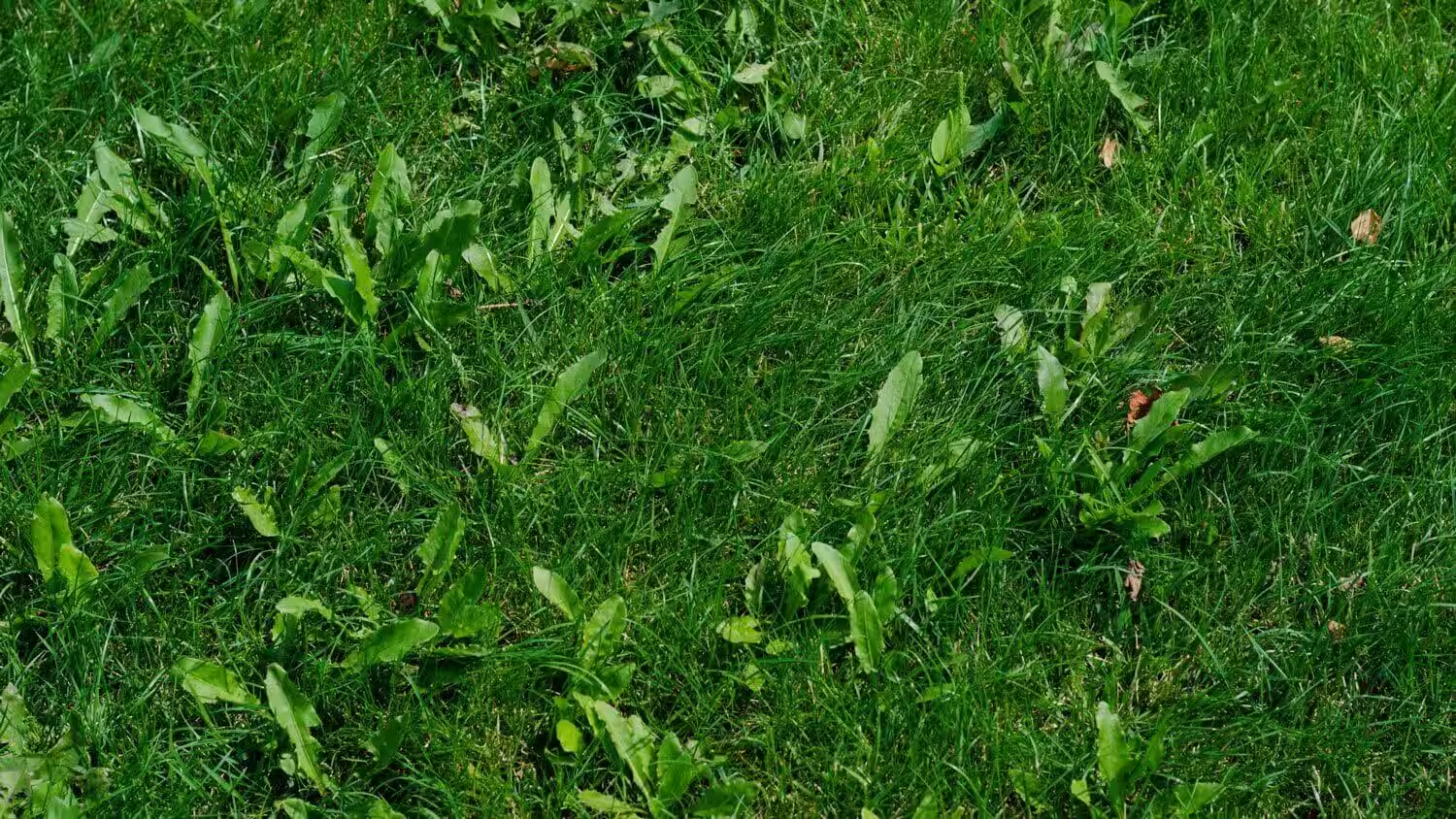
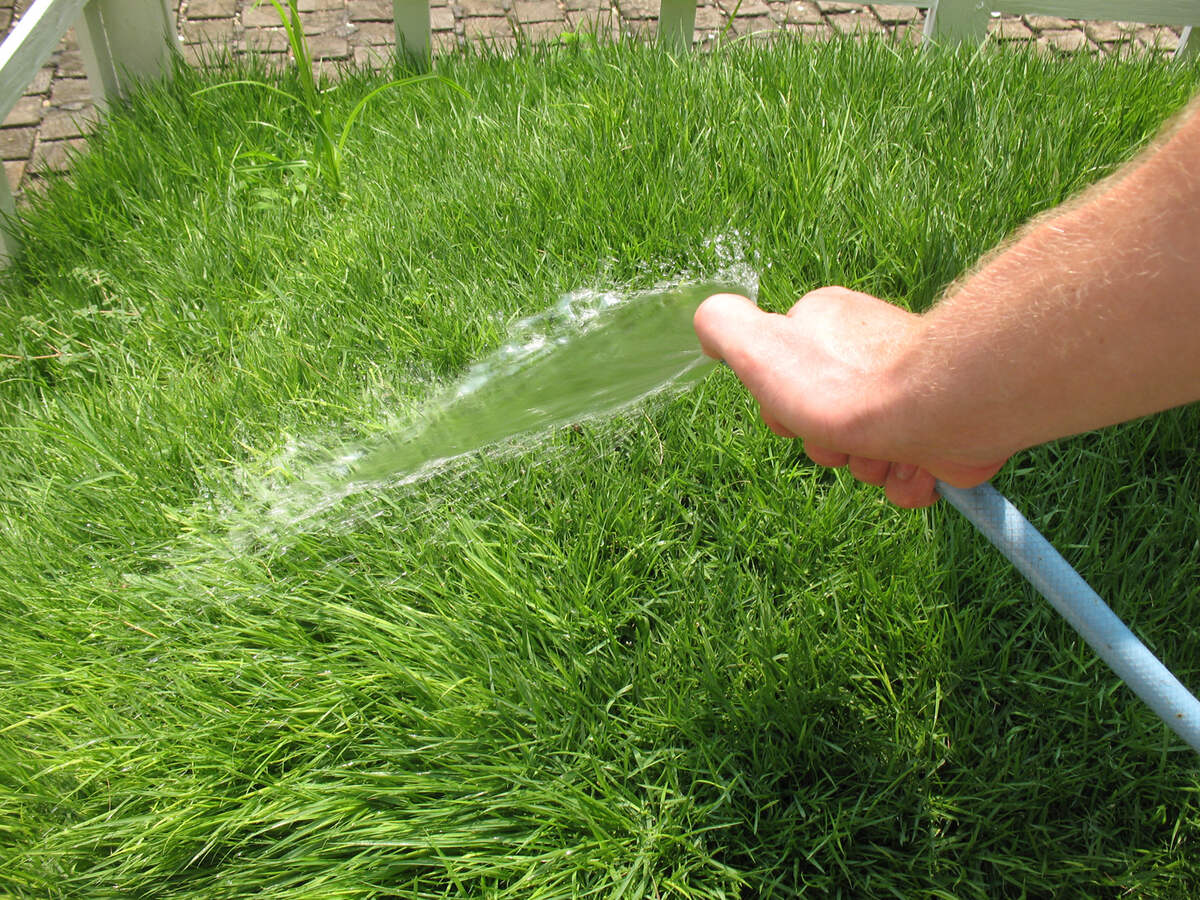
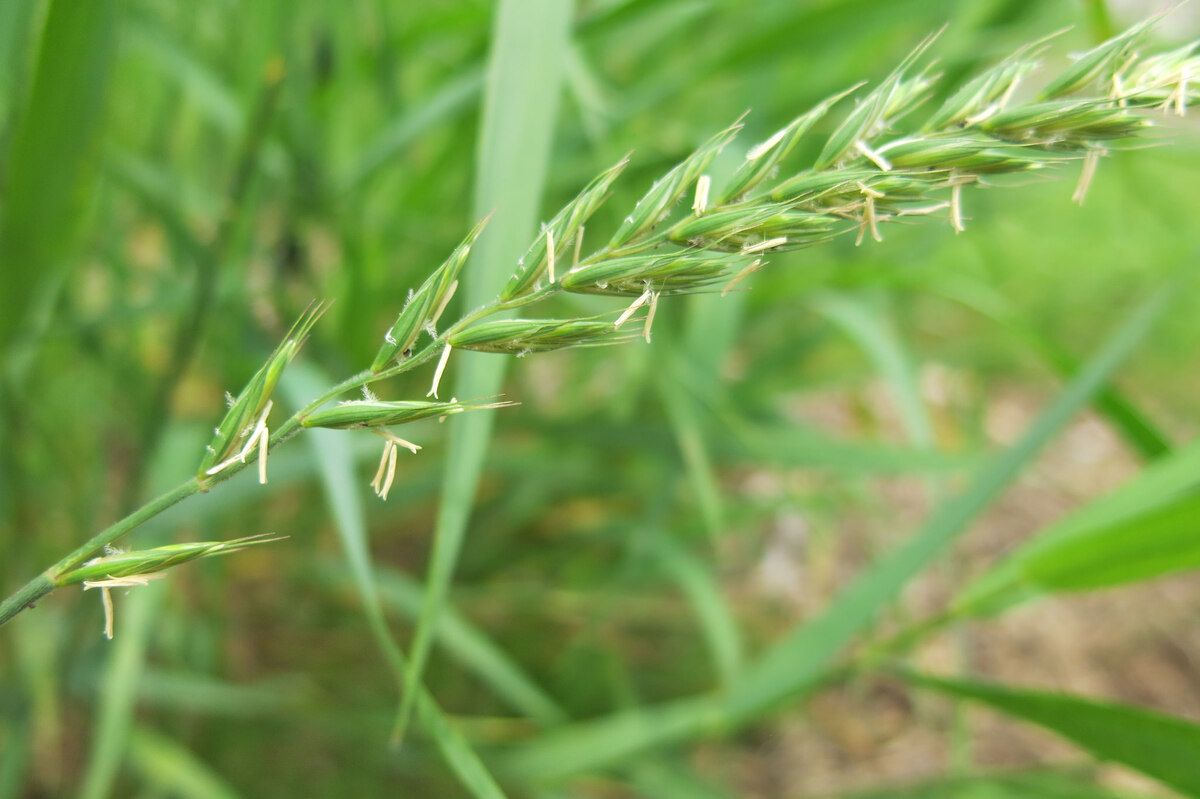
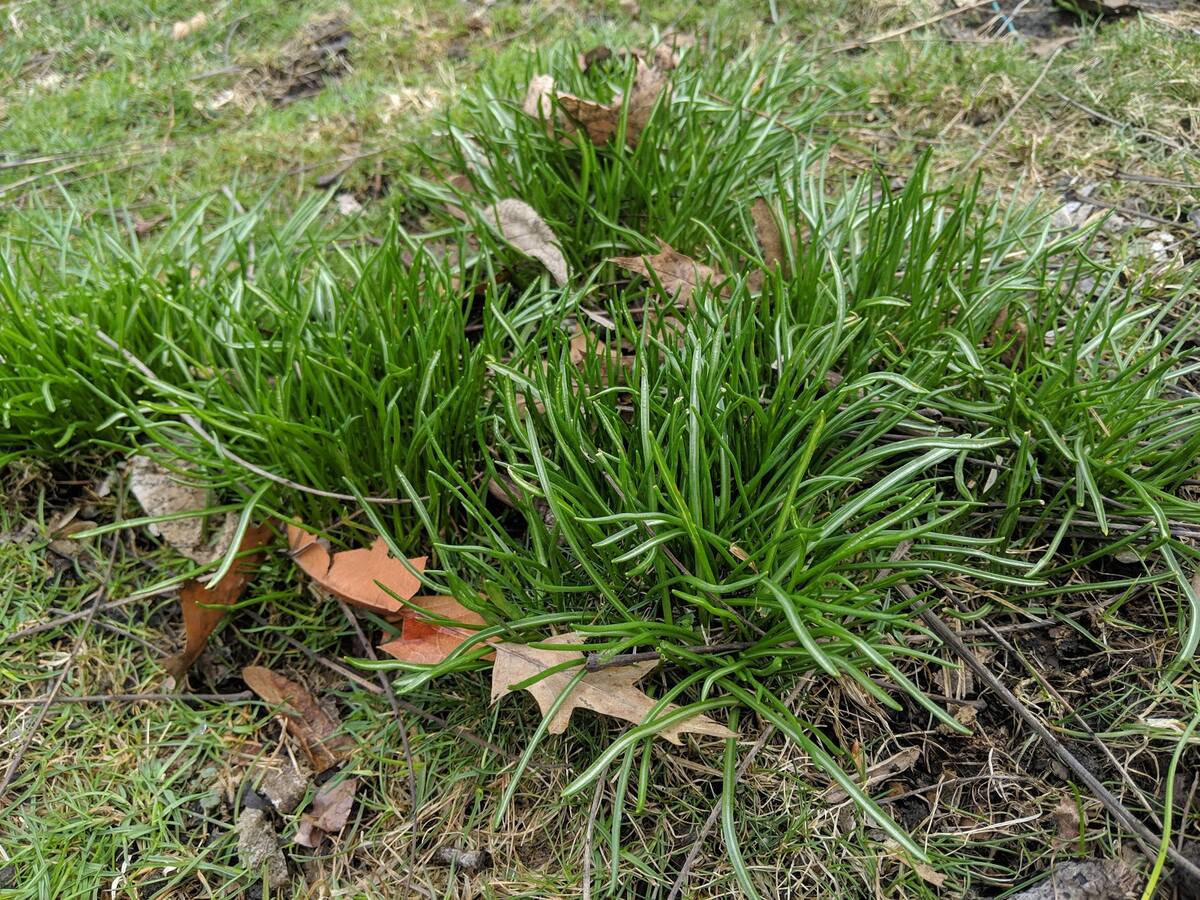
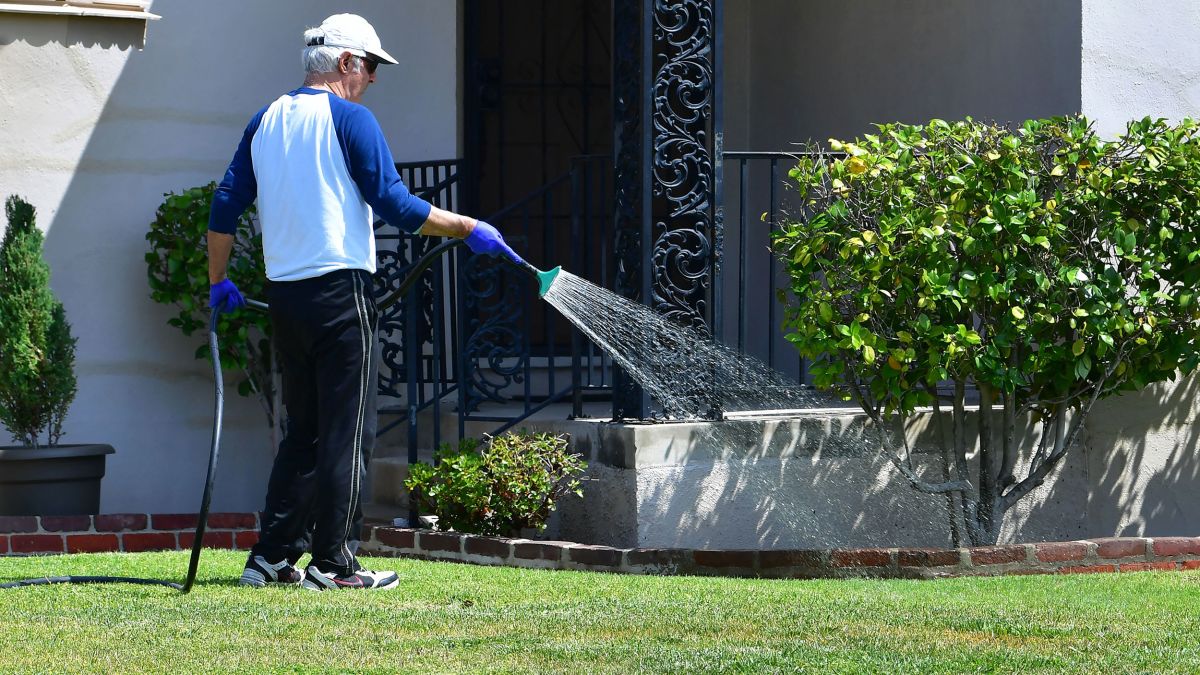
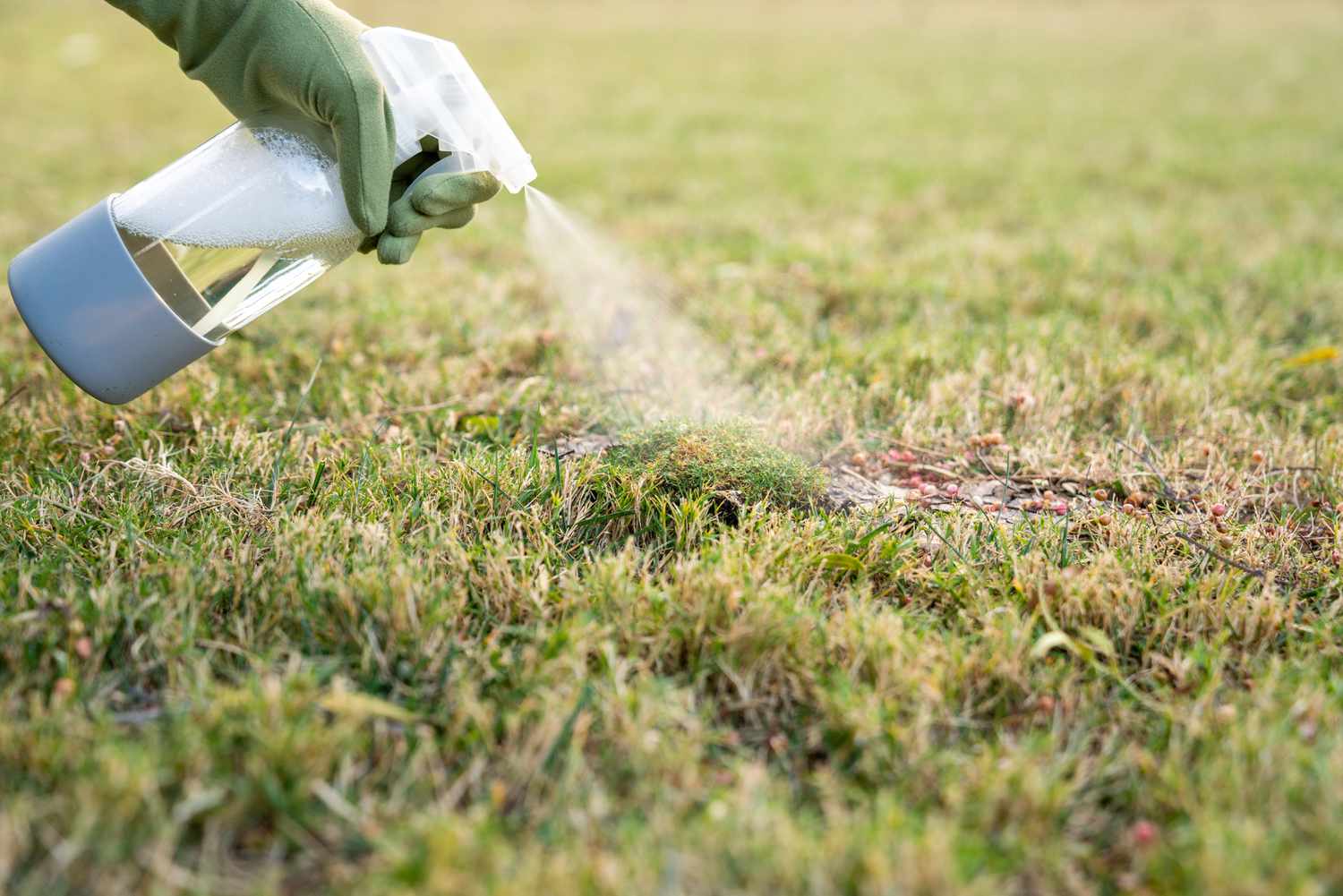


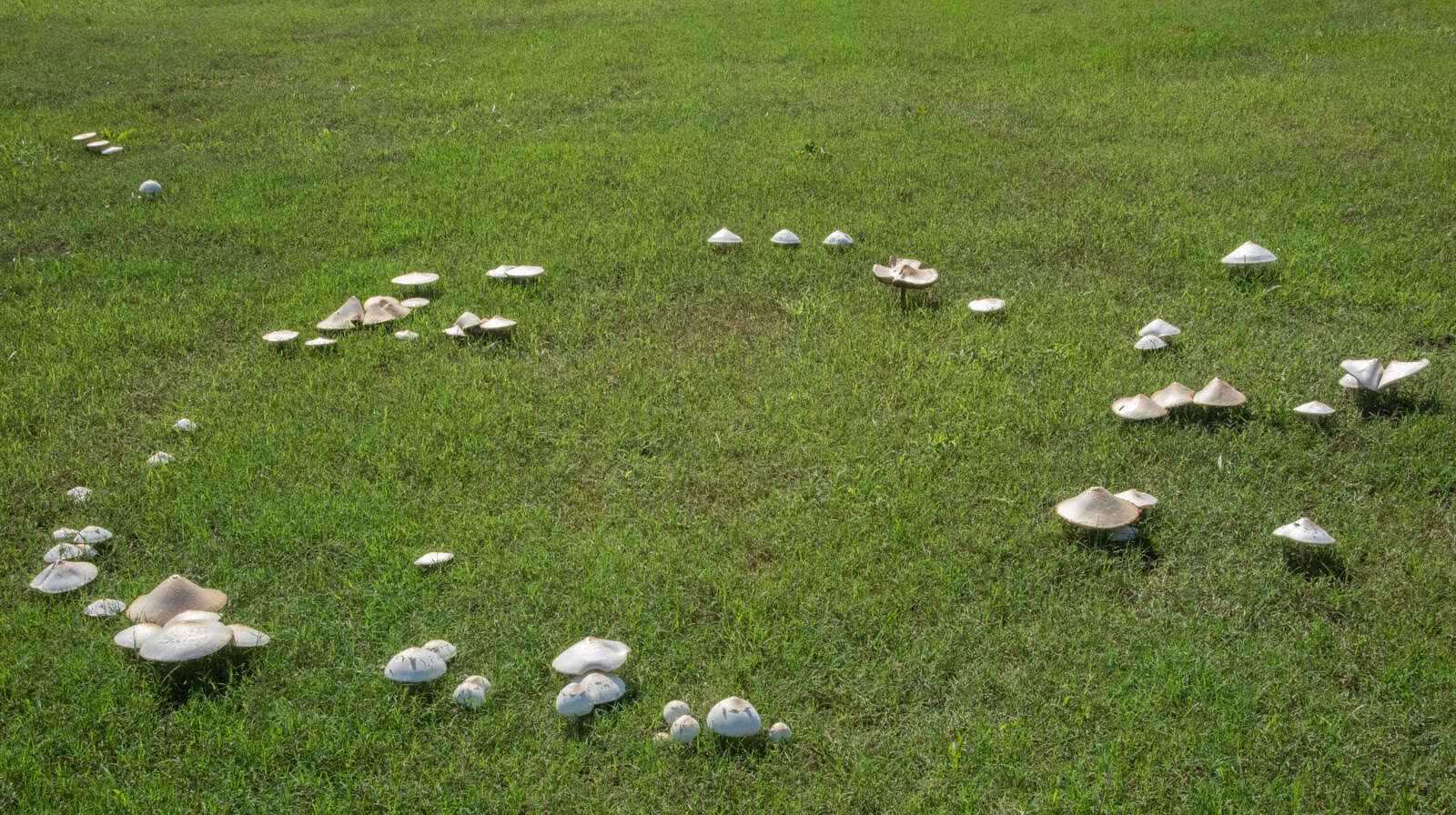
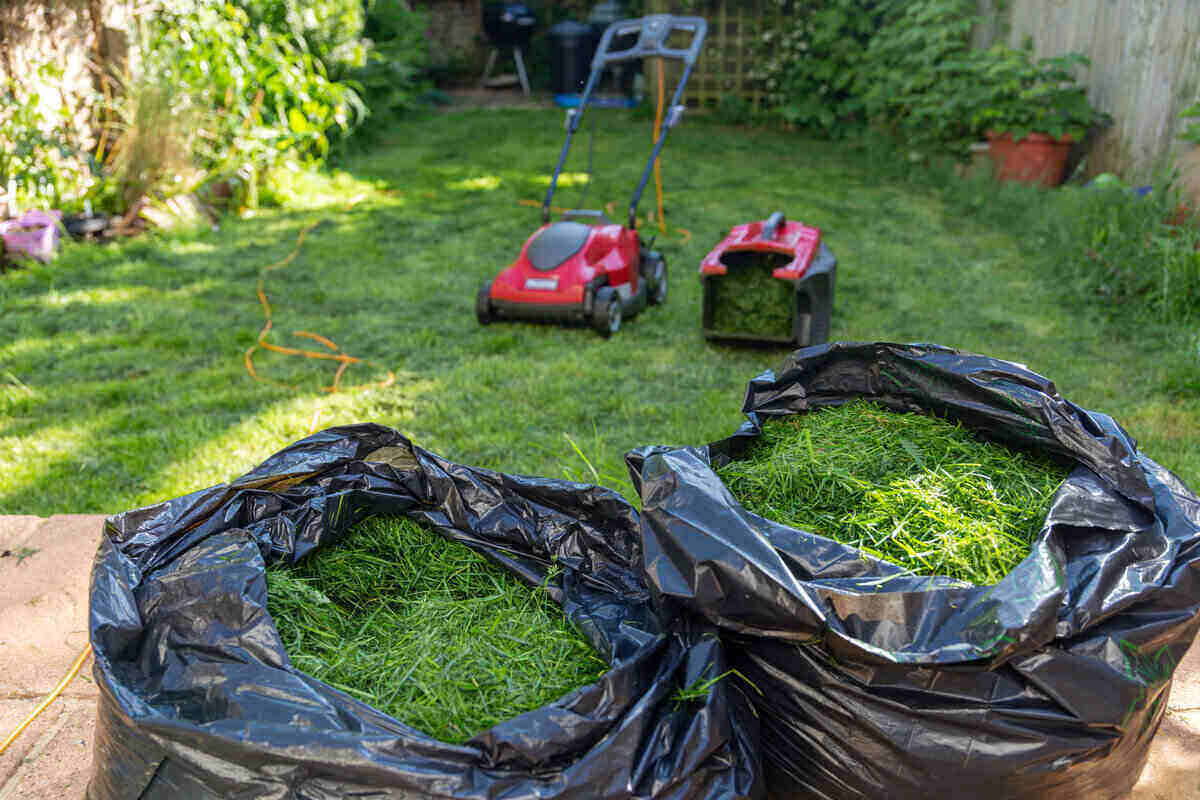
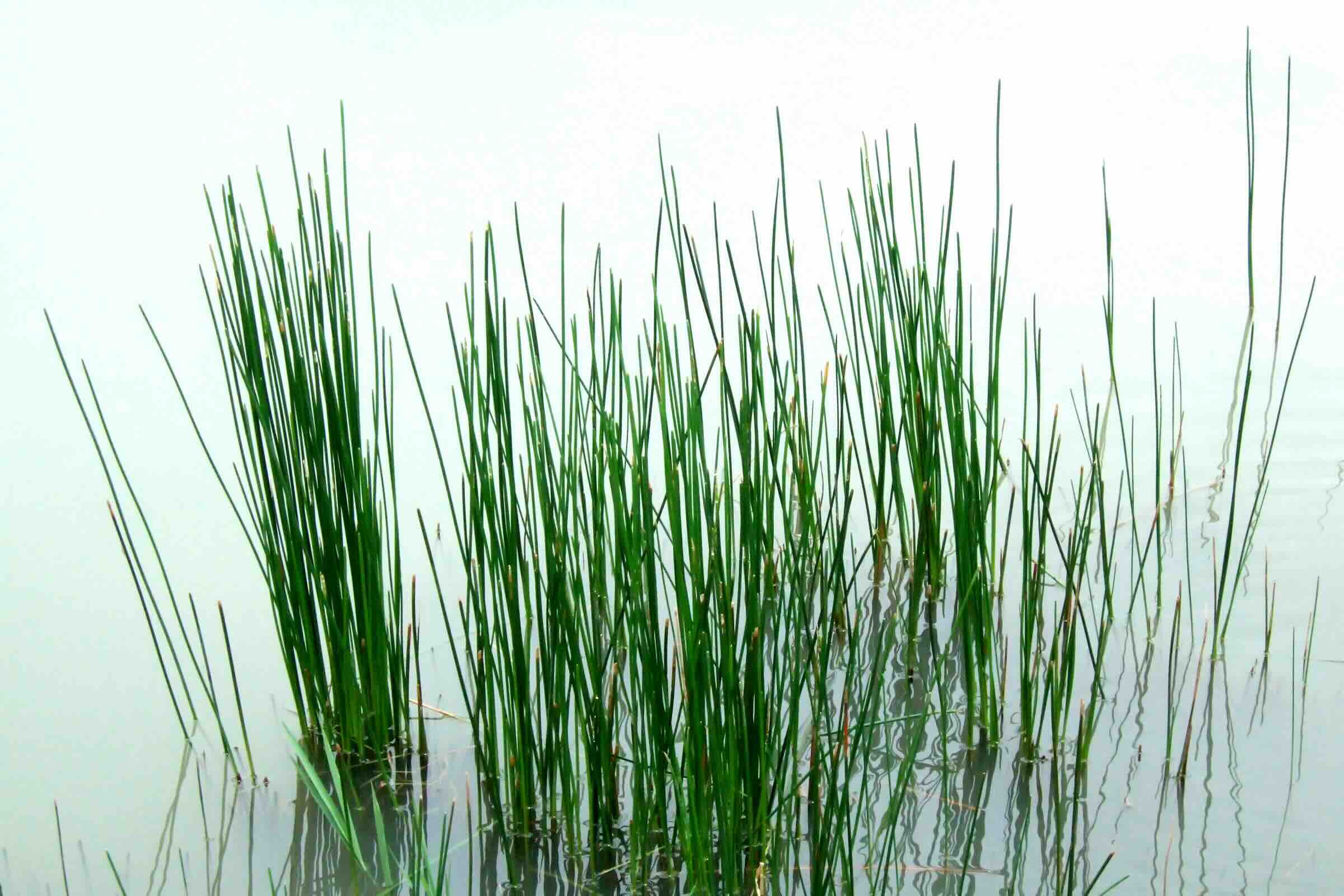
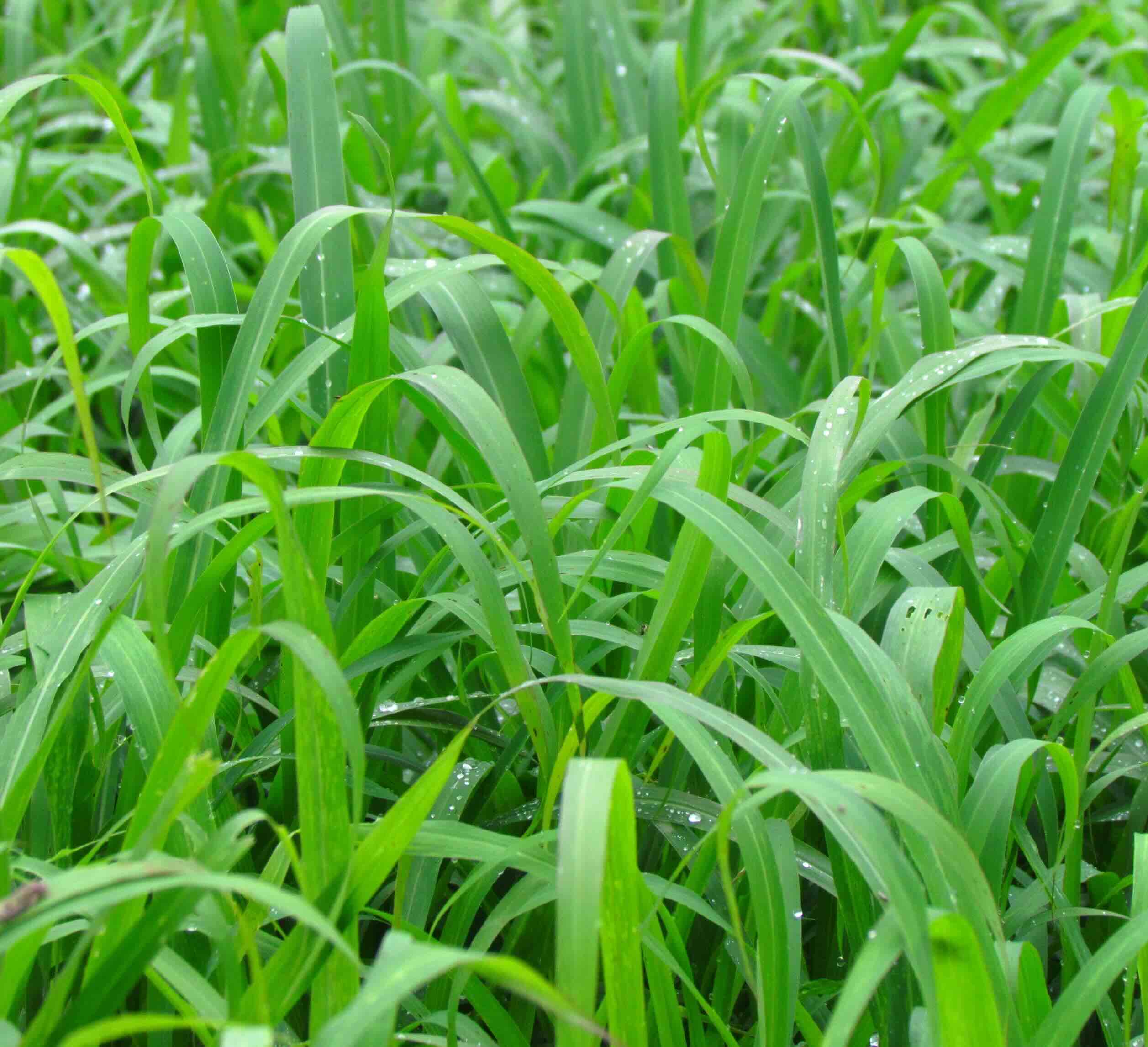
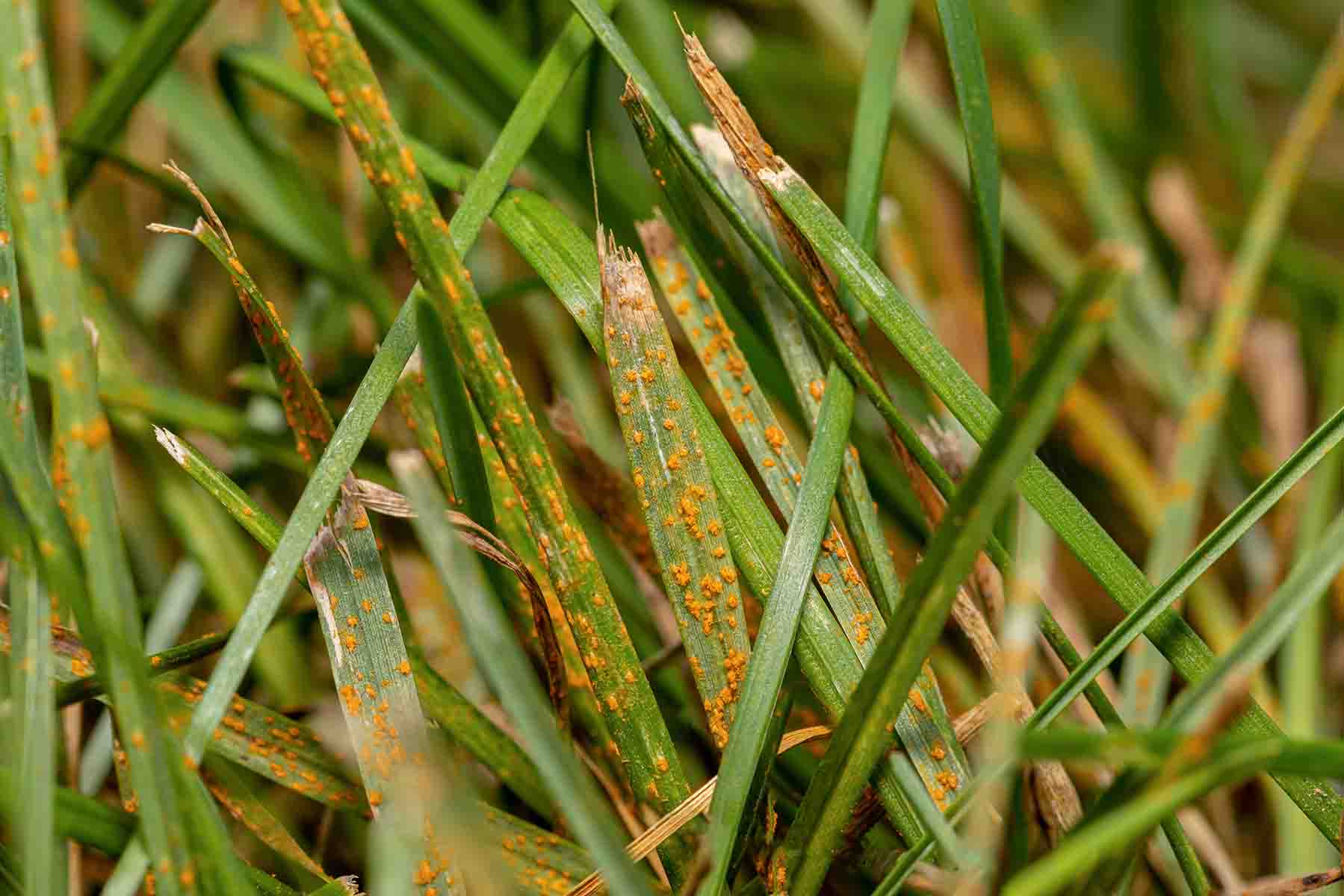

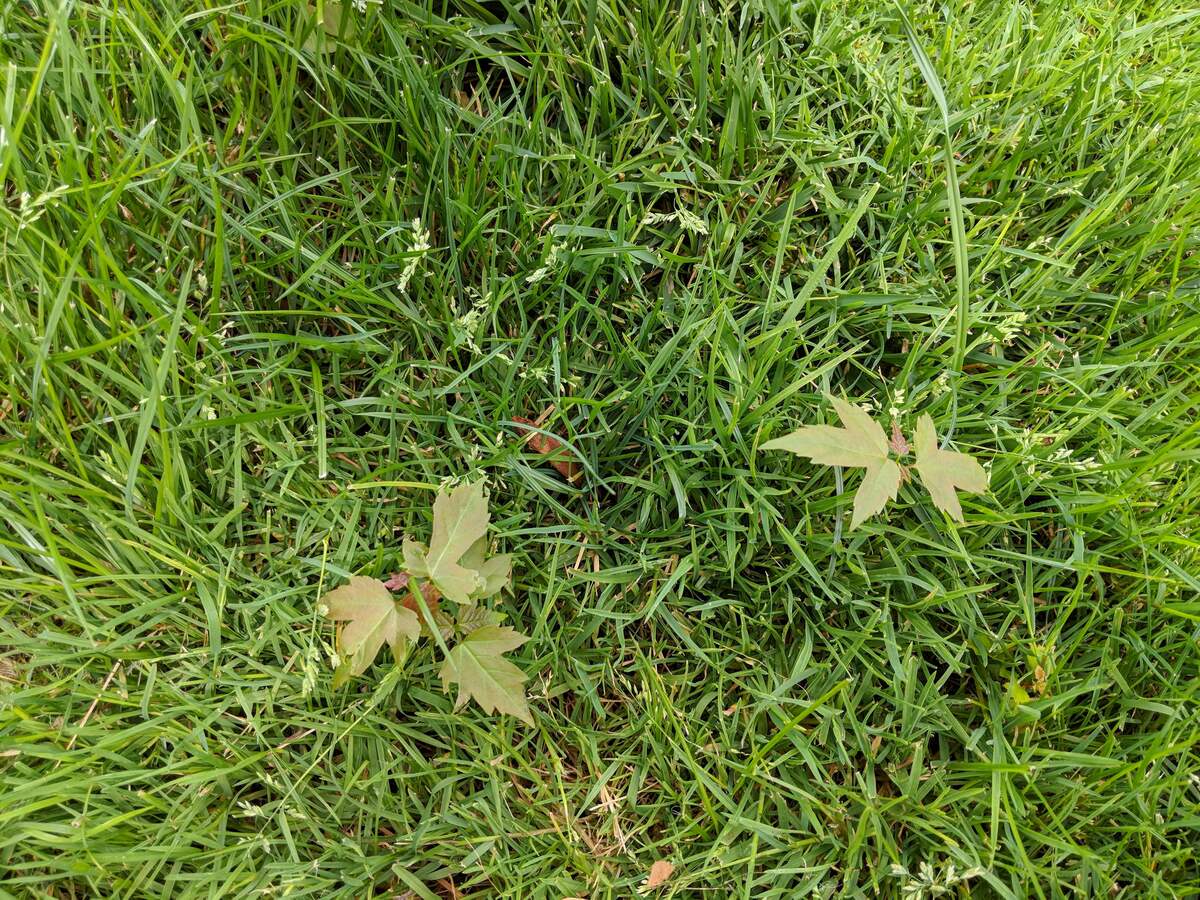

0 thoughts on “How To Get Rid Of Bad Grass In Lawn”